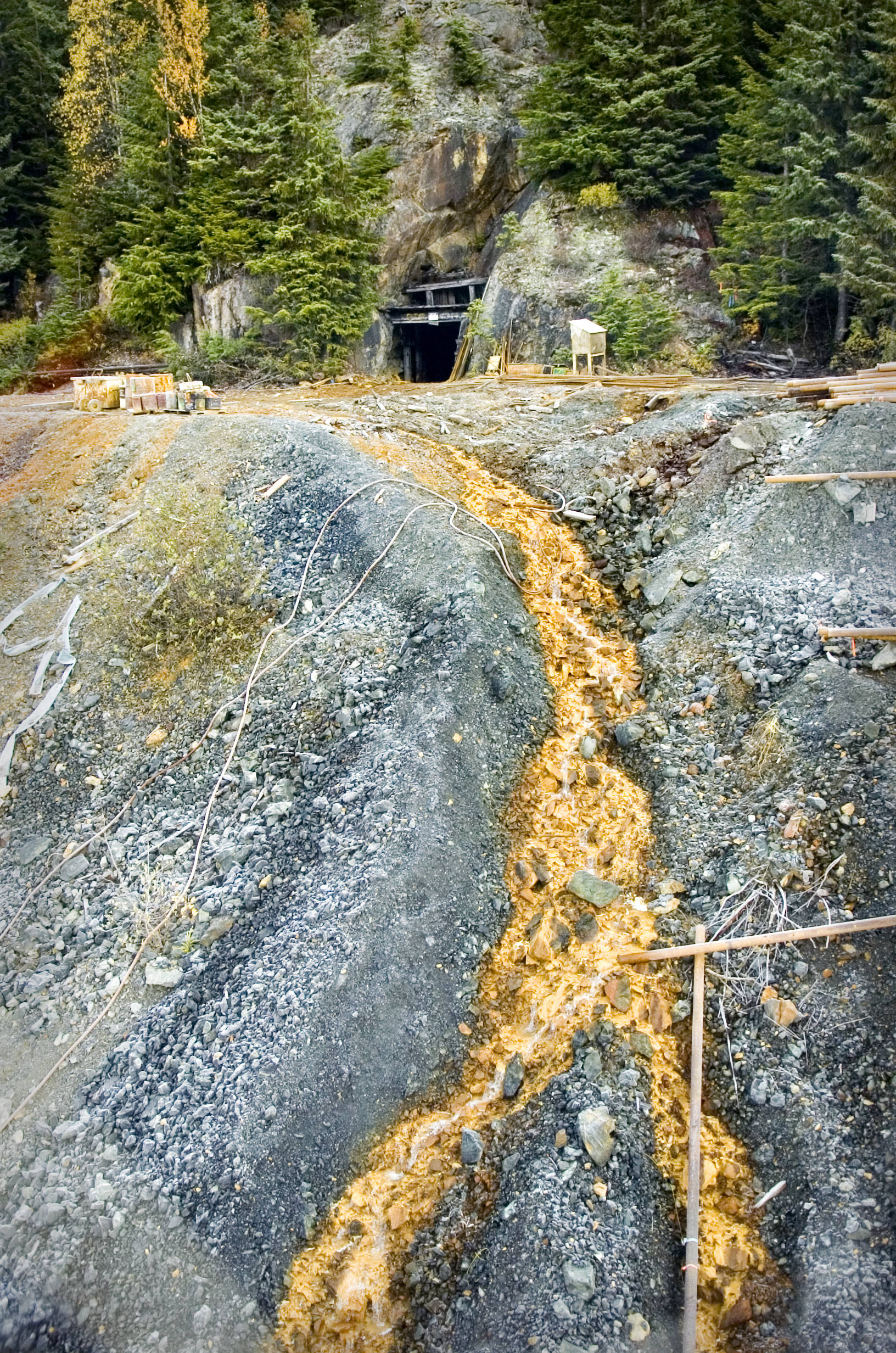Toxic acid mine drainage (AMD) leaking from the abandoned Tulsequah Chief Mine in British Columbia has been flowing into and polluting the largest tributary of the transboundary Taku River now for 60 years. This mine site sits right on the banks of the Tulsequah River, about 13 river miles upstream of the Alaska/B.C. border and 40 miles northeast of Juneau.
The Taku is usually the largest salmon producing river in Southeast Alaska and is critically important to, not only me as a commercial fisherman, but to the entire commercial fishing industry as well. Commercial fishing is the lifeblood and economic engine of my hometown of Petersburg and anything that poses a threat to that industry threatens our economy and the entire economic well-being of Southeast Alaska.
Clean up and closure of the Tulsequah Chief is long overdue. Above all, any future contamination must be prevented. The pollution violates the Canadian Fisheries Act, B.C. mine permits, B.C. water quality standards, an agreement with the Taku River Tlingit First Nation, and likely the Boundary Waters Treaty between the U.S. and Canada as well. While the AMD leaking from the Tulsequah Chief Mine has not yet resulted in the contamination of salmon or other seafood harvested from the Taku River, the AMD is polluting salmon habitat and possibly harming salmon production in the Taku River watershed. An Aquatic Ecological Risk Assessment released by the B.C. government on July 18 found “unacceptable risks” from the AMD.
B.C.’s cleanup strategy is to await a new mine buyer to develop and then eventually reclaim the site. But with two companies already having gone bankrupt trying to open the mine and no interested buyer, this strategy has clearly failed. Although B.C. regulators have inspected the mine several times over the past few years and issued cleanup orders as recently as Oct. 27, the cleanup orders have been largely ignored by now bankrupt mine owner Chieftain Metals. It doesn’t make sense to continue issuing orders to a bankrupt company that has no resources. It’s time for the B.C. government to assume the responsibility ending the AMD and proper closure of the Tulsequah Chief Mine.
Over two years ago, in August 2015, former B.C. Minister of Energy and Mines Bill Bennett visited Juneau and the Tulsequah Chief. He seemed genuinely shocked at the mess at Tulsequah Chief and made statements indicating that the province had apparently finally realized that it needs to step in and remediate the Tulsequah Chief site. But he almost immediately began backtracking his statements and to date little has been done to stop the pollution from entering the river.
B.C. now has a new government and new ministers that could be more favorable toward ending the legacy of pollution from the Tulsequah Chief. A few days ago Gov. Bill Walker and Lt. Gov. Byron Mallott joined our congressional delegation and sent a joint letter to the U.S. State Department noting the “potential catastrophic effects on Alaska’s communities” from upstream mining activities in British Columbia (B.C.) and urging the U.S. federal government to “help protect overall U.S. interests in this situation.” The letter highlighted the Tulsequah Chief as “an example of an inadequate response by the B.C. government.
It’s a significant step forward that the Walker Administration and our members of Congress have joined together and asked for long-term help from the federal government in addressing threats to our water quality, fisheries and jobs from upstream B.C. mining activities across the transboundary region. However, in the near term, working together to ensure a complete cleanup of the Tulsequah Chief Mine should be a primary and immediate priority.
• Jerry Dahl was born and raised in Petersburg and has fished commercially since age 12. He has been a gillnetter for 23 years and currently holds purse seine and pot shrimp permits. He also fishes longline for halibut. My Turns and Letters to the Editor represent the view of the author, not the view of the Juneau Empire.

